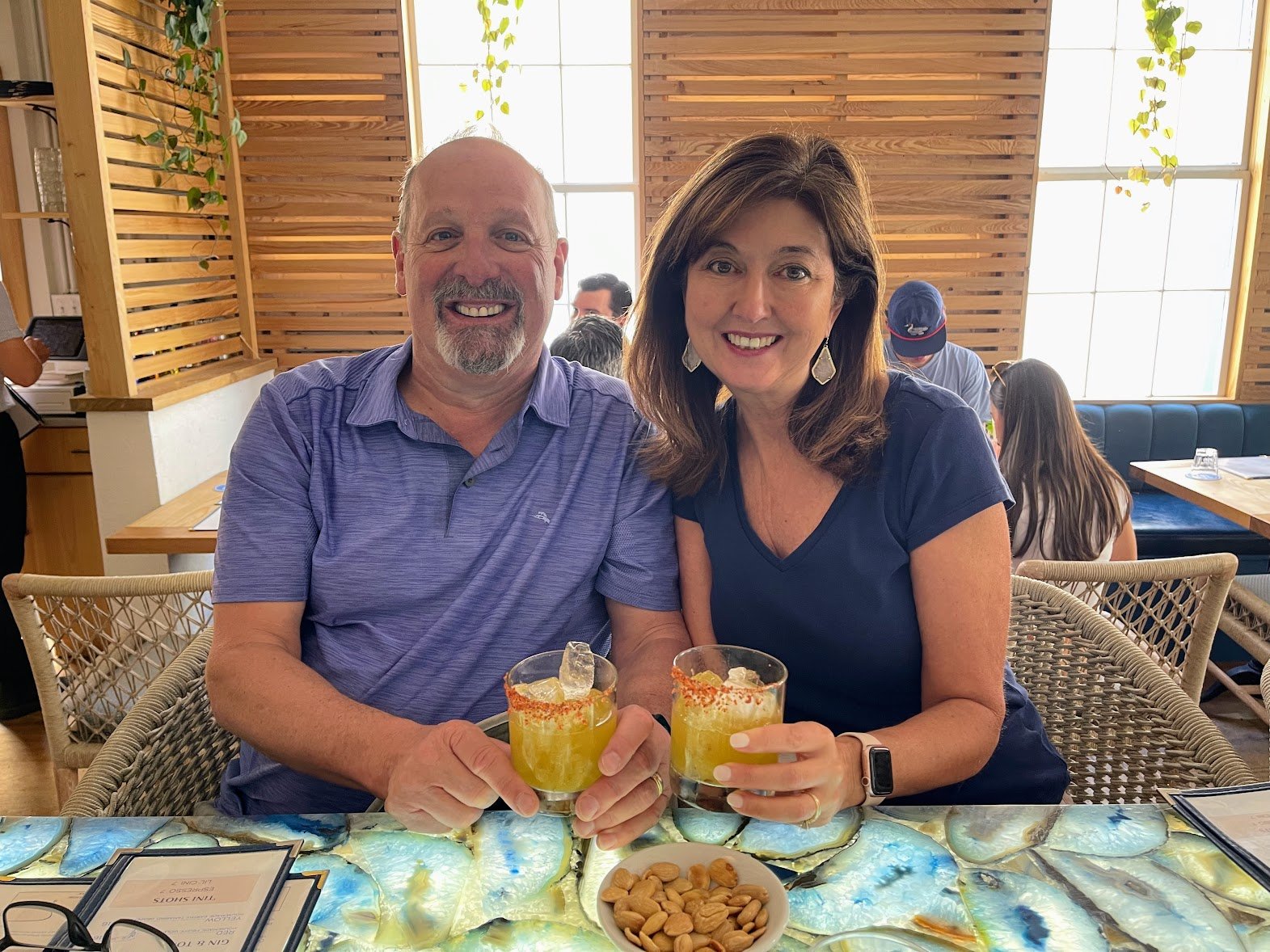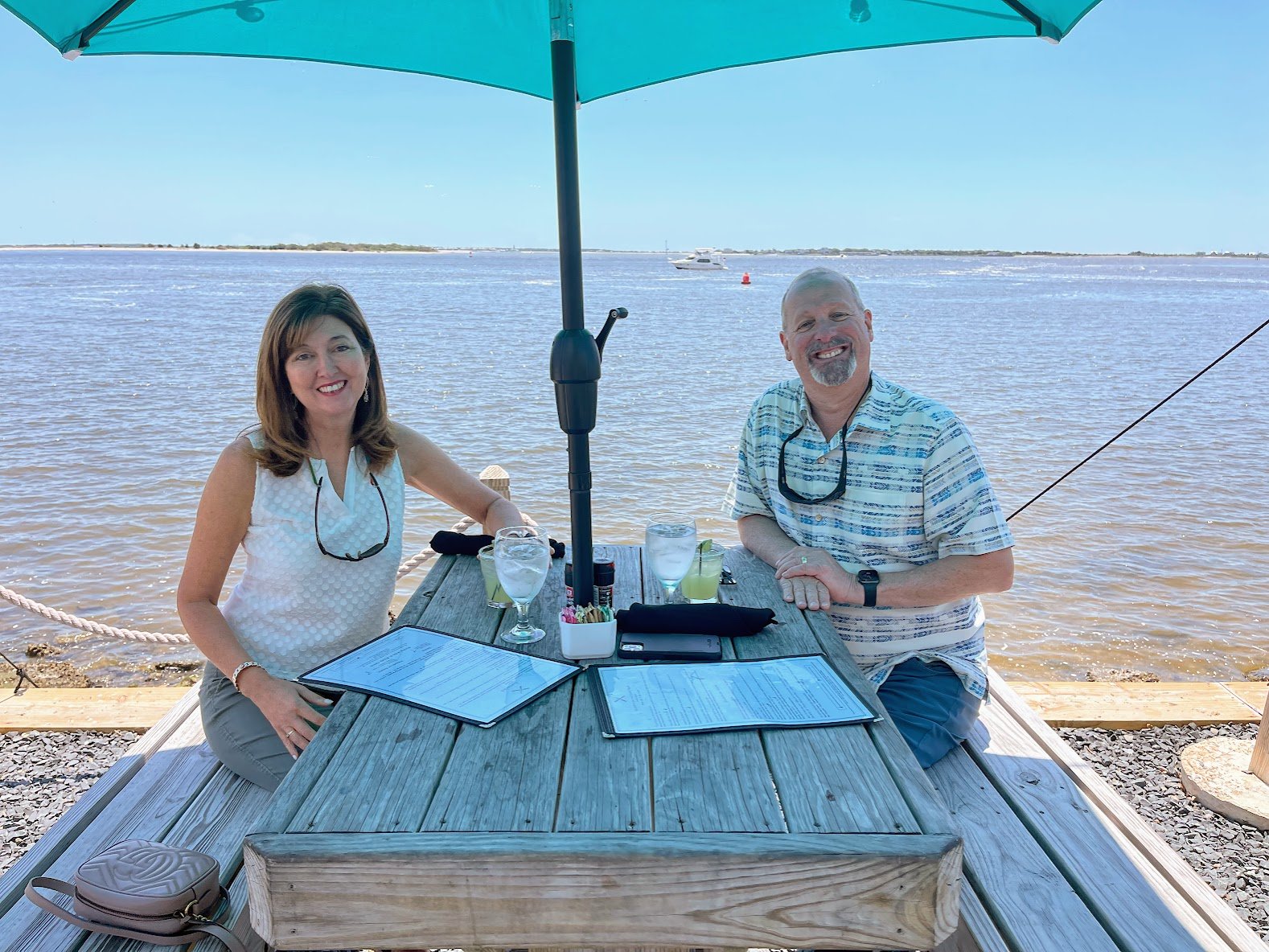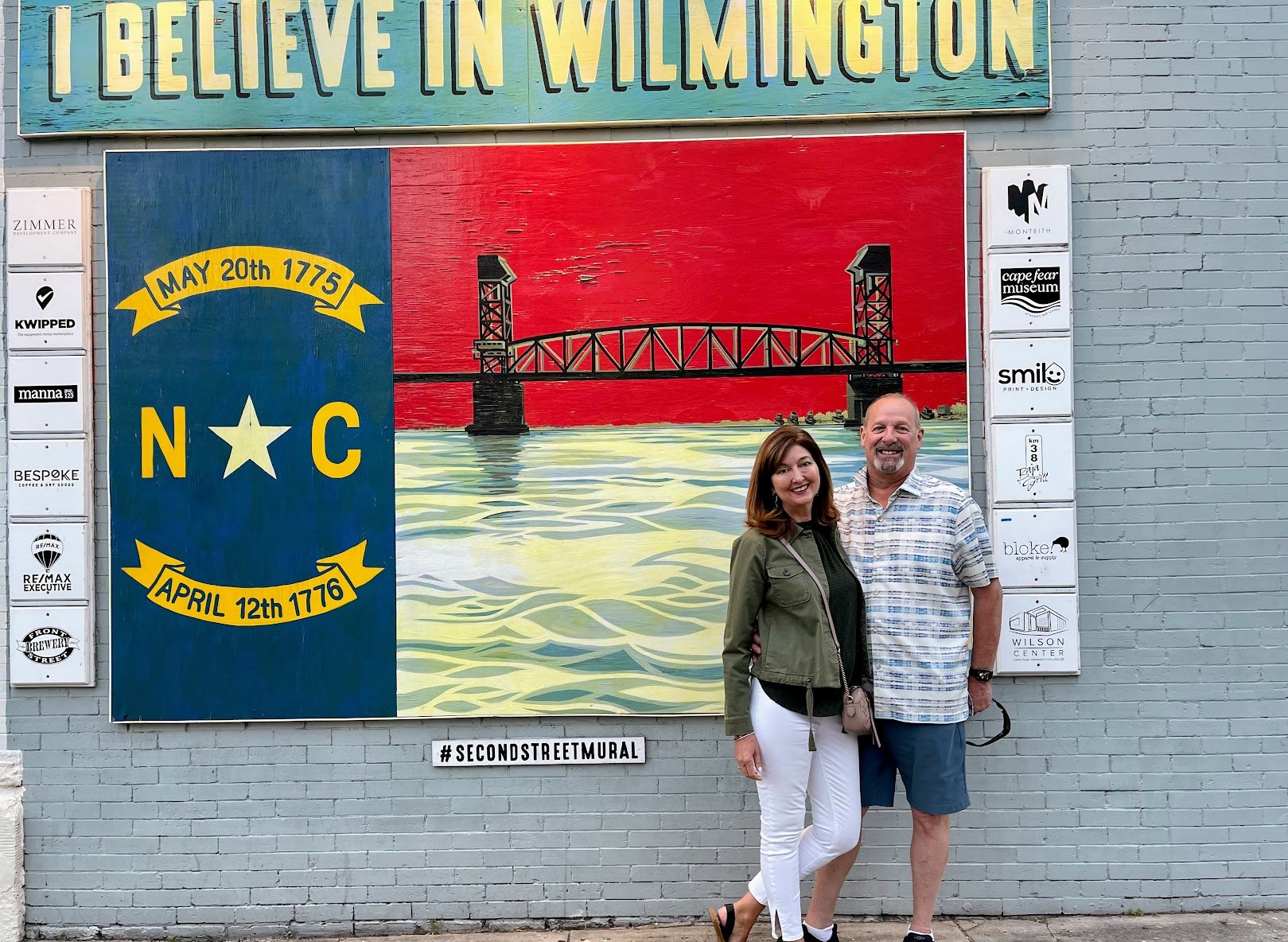Charming Charleston, SC
Everyone has been to Charleston, right? Until recently, not us! On a recent road trip we spent 3 days in Charleston and loved every minute. Here is our trek through this great historic US city.
Start with a walking tour. We’ve found the best way to get to know a historic city is to get out and walk with a guide. On this day we booked with Bulldog Tours. They were great to work with, reasonably priced and our guide was very knowledgeable.
The first thing we learned was, in this almost sub tropical city, early settlers built what are called “Garden rooms.” These outdoor rooms allow you to enjoy the beauty surrounded by both indigenous and non-native plants. This style of home is seen throughout the city with the architecture a heavy influence from the island of Barbados.
The tropical architecture is found throughout the city. Due to the climate, most of the early homes were built only one room wide, to allow air to flow through the porch that took up one entire side of the house, to the other side. These are now lovingly called “single-wide’s.” (sorry about the trash can…it was garbage day when we took our tour)
In terms of the unique architecture in Charleston, the street called “Rainbow Row,” is one of the most famous. This part of Charleston was one of the wealthiest neighborhoods in one of the wealthiest cities in the Colonies. These homes date back to the 1720’s. In the early 1900’s these homes had fallen into disrepair and were in jeopardy of being demolished. Then in 1932 preservationist, Susan Pringle Frost, purchased a few of the homes and began to restore them. In 1935 this whole area was designated National Historic Landmark. Such rich history!
This, now multi family unit was once a “dependency,” the quarters for the enslaved men, women and children of Charleston. While a great example of restoration, a reminder of a painful chapter in this part of the country.
Another unique spot in the heart of Charleston is what’s called “The Four Corners of Law.” On one of each corner at this intersection sits the Charleston City Hall, the County Courthouse, the Federal Courthouse and Post Office and St. Michaels Episcopal Church. All of these buildings date back to the 1700 and 1800’s.
An interesting fact about the church, built in 1761, is that during a very unusual earthquake in 1886, the church sunk 8 inches. If you look closely, you can see it leaning.
On our last stop of the walking tour we were introduced to the ladies of the Gullah-Geechee. They are descendants from enslaved Africans who preserved their culture through language, traditions and crafts. Today they are well known in the South for their beautiful Sweetgrass baskets, intricately weaved by hand. These lovely women have stalls along the sidewalks, but also sell inside the large Charleston City Market. The Market is a 4 block long, mostly open air market, of arts and crafts, another great stop to make.
After finishing our official tour we wandered back to the waterfront. It was so pretty but it was getting hot on this early day in May. We were surprised to see a cruise ship docked nearby.
We wandered in the shade through the palmetto trees and live oaks in White Point Garden.
Our last stop for the day was the iconic pineapple fountain. It sits along the waterfront, representing a welcome in the form of Southern hospitality. The fountain is not very old, created in 1990 after hurricane Hugo. What’s funny, is that on our walking tour, our guide refused to stop here as she noted it’s not historical and the pineapple is not native to this part of the country. Still a pretty photo op on a beautiful day.
After walking over 15,000 steps we were ready to call it a day after this.
The next morning we set out via car to tour a plantation. We selected the Magnolia Plantation and Gardens as we liked that it offered a well rounded story of all the people that lived and worked there.
Our tour started under a 350 year old Virginia live oak tree. It was magnificent.
This first part of the tour was called “From Slavery to Freedom,” given by a wonderful docent, very knowledgeable about the history of the plantation. She told the story of the enslaved men, women and children that lived on this property, working in the rice fields during the day, and living in these small houses at night. Their work was vital to the success of the entire operation.
Following the emancipation, wealthy plantation owners were suddenly poor, as they had no one to manage their crops. This was the case for the owner of Magnolia Plantation as well, but he had an idea, and sold off a great deal of his property to generate cash. He then hired almost half of his former enslaved people to become paid workers to help manage his property, specifically, his beautiful gardens.
The incredible gardens were first designed in 1840 for the owner, John Drayton. He wanted to have the most magnificent garden for his wife, who was from Philadelphia and not happy to be living in the South.
Following the emancipation, Mr. Drayton, opened the gardens periodically to the public as an attraction and a way to make money. He and, now one of his now employees, a former enslaved man, conducted the early tours themselves. The gardens became famous and tours are now open year round.
This property is still family owned with their roots dating back to the 1670’s. Beautiful paths wander all through the gardens and ponds.
Johnie Leach
This man became a paid employee and eventually the senior gardener for Magnolia Plantation.
Our guide ended the tour with the following quote: “Your presence here today acknowledges the lives and contributions of the enslaved men and women that built and ran this plantation”
And how lucky we were to visit these beautiful gardens and learn about their history.
We also toured the inside of the main house, which we highly recommend. You are not allowed to take photographs inside, however. This is actually the 3rd house on the property. The first home burned to the ground. Then, at the conclusion of the Civil War, the union soldiers burned a total of 35 homes in the Charleston area. So it was rebuilt once again.
Just as we were leaving, we took one more walk around a pond. Right after I took this shot, I looked to my right and there, looking up at me as a 6 foot long alligator! It was my first time ever seeing an alligator in the wild. I did not stop for another photo op, rather I high tailed it out of there! Whew…what a way to end the day.
Ok, enough about alligators lurking in the water. The other thing we loved about Charleston was the food. There is an abundance of seafood in Charleston, specifically Oysters! In fact, we loved trying local oysters in both North and South Carolina.
The first night we went to The Ordinary and it was extraordinary! This restaurant is the sister to the very well know “Fig,” restaurant in Charleston. We could not get reservations at Fig, but were so glad we came here.
We also had lunch at 167 Raw Oyster Bar. They don’t take reservations so we had about a 30 minute wait. It was well worth it. We, of course, had both South Carolina and North Carolina Oysters. They were delicious. Then we split the most delicious salad and lobster roll! If you get a chance, 167 Raw is not to be missed in Charleston.
On our last night we went to a restaurant run by a chef I’d first seen on Chef’s Table Barbeque, Rodney Scott. He has a great story of learning to smoke the “whole hog,” from his dad. He now has several restaurants and has won numerous awards for his barbeque. I was so excited to try it.
It lived up to the hype. We had the signature Pit Cooked Whole Hog plate. The complex flavor of the meat showed off the chef’s incredible smoking technique. The sides were all delicious too! We also tried the brisket, as Texan’s we love our brisket. It was delicious too! I’m so glad we finally went to Rodney Scott’s Whole Hog Barbeque.
One last picture of our great time in Charleston. So much to see and do! We could have spent a week. This means we will have to come back again to this historic and charming city.
Words to Live By
Every Day is a Good Day. It’s Rodney Scott’s mantra displayed all over his restaurant. Pretty great words to keep in mind, all day, everyday.


































Trekking on e-Bikes is a great way to see the tiny Amelia Island, just off the Atlantic coast of Florida.